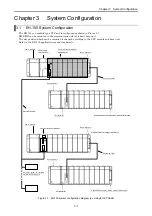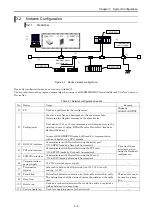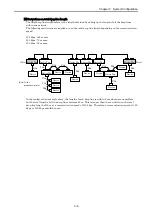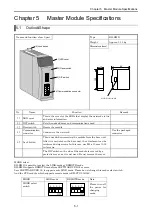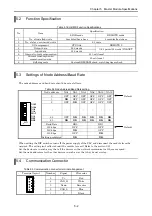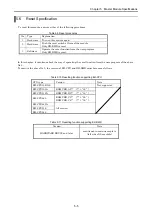
Chapter 2 Features
2-2
3. Four Types of I/O Message Communication Protocol
It is possible to select the optimal communication mode for a given network configuration according to the
features of each device.
Please choose the communication method which is appropriate to the good point of each device.
But each device may not support a partial communication method.
Therefore, for the details, refer to the manual of each device.
Table 2.1 DeviceNet I/O communication method
I/O
communication
Features EH-RMD
EH-IOCD
Discrete
I/O
Polling
Used when transferring any size of I/O data
between the master and a slave.
In this mode, data is communicated between the
master and a single specific slave (point to point).
Most of the devices are supporting this method.
{
{
{
Bit Strobe
Used when transferring small amounts of input
data between the master and a slave.
It is possible to return up to 8 bytes of input data
in response to a request from the master, from
each slave to the master.
{
{
×
Cyclic
Used when transferring any size of I/O data
between the master and a slave.
In this mode, data is communicated between the
master and a single specific slave at fixed time
intervals specified by the user.
This mode makes it possible to alleviate the traffic
in the network in this way.
{
{
×
Change of State
(COS)
Used when transferring any size of I/O data
between the master and a slave.
In this mode, data is communicated between the
master and a single specific slave when the data is
updated or at fixed time intervals specified by the
user.
This mode makes it possible to alleviate the traffic
in the network in this way.
{
{
×
{
: supported
×
: not supported

















